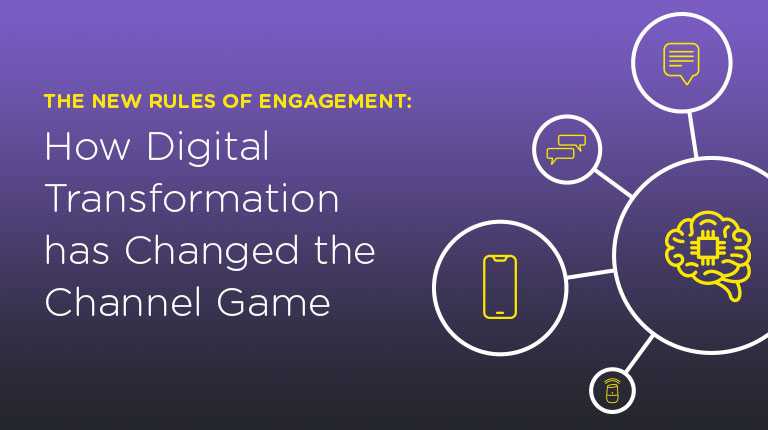We talk a lot about business continuity planning (BCP) and crisis management on our blog. How can contact centers handle volume spikes? How can technology prevent disruptions in business? How can businesses continue to thrive through unpredictable events?
But what about the opposite? How, after a year (or more) of the pandemic, will businesses transition back to incorporating more in-person volume? I’m sure you’ve heard about the new normal. Businesses will never go back to how they once operated, but will instead have to emerge in this new dual world, where some people are still maintaining the majority of their tasks digitally while others flock back to stores and human contact. .
We’ve likely hit the peak of digitization this past year. During the most intense lockdown across the world, brands adapted to digitally offer as many services, products, and communication methods as possible with no human contact. But during this peak, brands did not have to focus as much on what the in-person experience was like, because it was severely declined.
Determining where a business draws the line between digital and human touchpoints can be difficult. If a business invests in digital touchpoints, there is often a thought that the human interaction will suffer, and vice versa. But is there a way to equally support both these areas while keeping pace with customer expectations? By approaching your customer experience strategy holistically, yes there is.
Creating a cohesive customer experience across face-to-face and digital channels is the key to success in digital transformation. Too often, brands make the mistake of investing in heavily digital channels without understanding the importance of connecting those digital experiences to align with in-person experiences. And it’s not just the backend systems that need to connect, but also the brand voice, business rules, and overall strategies.
Transitioning to a post-COVID world
Balancing in-person experience with a digital world comes with challenges. But the right technology can support a business across the board. See our three best practices for how brands should progress in the next few years.
Strategize cohesively
Working across the organization can enable experiences to flow naturally. For example, in the early stages of digital transformation, many retail brands separated online and in-store inventory and process, as e-commerce teams operated independent of each other. While this may have made sense from a business organization perspective, it causes a disjointed customer experience. Collaboration from the top leadership can ensure these initiatives are able to be successful across departments, and seen as consistency to customers.
Integrate seamlessly
Customer data is no doubt important for both digital and in-person experiences. Having customer management systems that are able to integrate and carry this data from one experience to the next are vital to a seamless customer experience.
Bring digital to in-person experiences
Incorporating digital means to in-person experiences can help bridge the gap between the two. For example, we see examples of grocery stores offering store guides on phone apps so that customers can quickly navigate what they are looking for. Retail stores with customer loyalty programs that connect across e-commerce and in-store to offer perks and rewards.
Add the human touch to digital experiences
Last but not least, bringing a human connection– whether through human levels of understanding in automation or actual human agents– to digital experiences can ensure a positive experience throughout the entire customer journey. Consider implementing advanced Conversational AI technology, like Intelligent Virtual Assistants, so customers feel as supported via self-service channels as they do when interacting with an actual human.
Start preparing for this future, now
In conclusion, in-person interactions will no doubt increase, but so will the need for digital channels to be effortless and productive. Although we may not see this full new normal yet, it’s a good idea for brands to start preparing the technological integration across both in-person and digital channels to enable a smooth transition.





